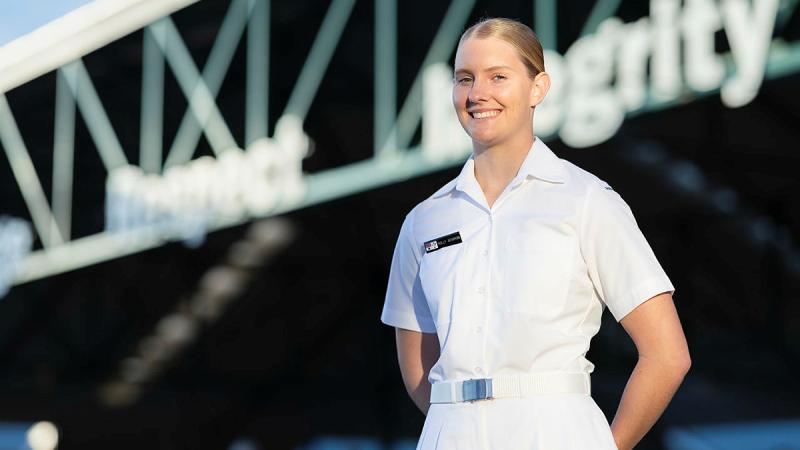4 August 2025
A soldier is wounded in northern Queensland and transported via military ambulance to a field hospital not far from the exercise ‘war zone’, where the medical team assess them as needing a blood transfusion.
They need to be stabilised quickly and evacuated to a tertiary civilian hospital, where elements of the Combined Joint Theatre Medical Component (CJTMC) mobilise rapidly to coordinate and regulate the ongoing care of the casualty.
Navy, Army and Air Force health personnel, along with international partner medical elements, worked together in the CJTMC during Exercise Talisman Sabre 2025, demonstrating a multinational integrated approach to enable health effects across the theatre.
This large-scale operation operated 24/7, providing technical advice, clinical coordination, patient regulation, health surveillance and protection, medical logistics and blood management.
Half of the ADF personnel employed in the CJTMC were reservists, bringing strong technical expertise and a deep knowledge of their regional health capabilities, which greatly enhanced the delivery of care.
The Talisman Sabre 25 Theatre Health Network spanned five civilian health jurisdictions and 22 Defence training areas, providing health support to more than 40,000 multinational personnel.
Across the theatre, there were more than 25 garrison health facilities and over 40 deployed military health facilities and aeromedical evacuation assets providing health support to exercise participants.
This represented the largest ADF-coordinated medical effect since the Vietnam War.
'We’re integrating military and civilian health systems and testing how they work together for effective and efficient patient and operational outcomes.'
Commander of the CJTMC at Talisman Sabre 25 Air Commodore Nicole dos Santos said the CJTMC was “patient-centred and mission-focused”.
“Our role is to control, coordinate, and synchronise effects across the theatre health network – integrating health support across the regions and serving as a vital interface between our military and civilian health systems,” Air Commodore dos Santos said.
Surgeon General of the ADF Rear Admiral Sonya Bennett will be focused on the outcomes and lessons from such a large-scale undertaking for her health workforce.
“Interoperability is an important focus for the Talisman Sabre health effort,” Rear Admiral Bennett said.
“We’re integrating military and civilian health systems and testing how they work together for effective and efficient patient and operational outcomes. This requires a strong element of trust and professionalism from all involved.
“Working as one ADF with our international health allies requires intensive planning and a critical understanding of the different systems and logistics involved.
“We’re also working with key partners including the Department of Health, Disability and Ageing, and health liaison officers from 10 partner nations.
“I’m grateful to all of the medical personnel and the pivotal role they play in supporting the ADF and participating partners to safely conduct activities under Exercise Talisman Sabre 2025. Our goal is to always provide the best possible care for our people.”
Follow Joint Health – Australian Defence Force on Facebook.


